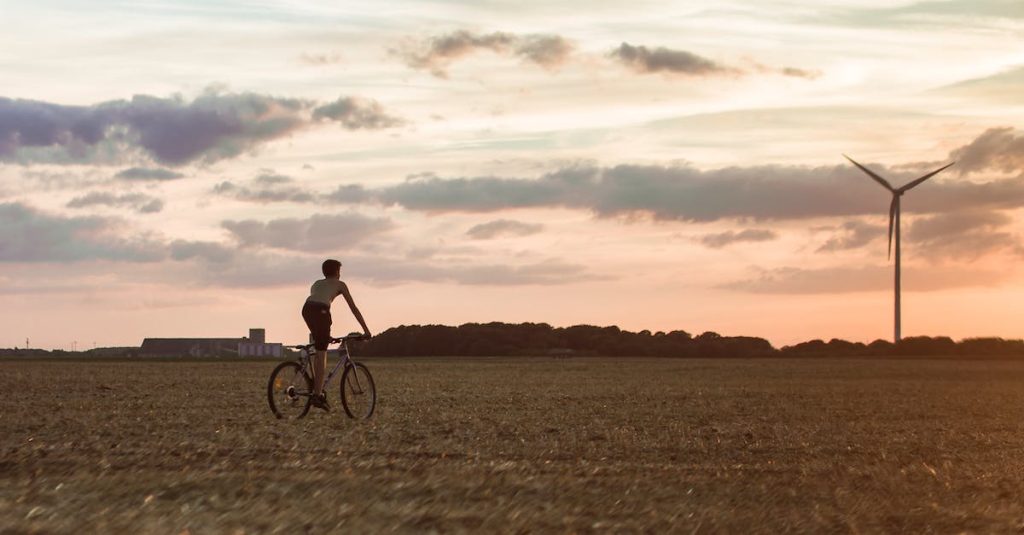The recent quarterly report from the Clean Council reveals a significant decline in investments in fresh Australian solar and wind farms, with only four generation projects totaling 348 megawatts receiving financial commitment during the June quarter of 2023. This drop in investment approvals is a challenge for the renewable energy sector, as it strives to meet the growing demand for sustainable power sources.
Despite a pipeline of 108 energy generation and storage projects either reaching financial closure or being under construction, investments in new Australian solar and wind farms have experienced a decline. Industry experts are concerned about this trend and are emphasizing the need for streamlined approval processes and increased funding to foster growth in renewable energy generation projects.
Barriers to Investment and the Renewable Energy Sector
The council’s CEO, Kane Thornton, attributed the stagnant investment to a “raft of barriers” stemming from a historical lack of leadership, planning, and foresight over the past ten years. He expressed disappointment in the missed opportunities for economic growth and job creation in the renewable energy sector due to these barriers.
Thornton called for greater collaboration among policymakers, industry leaders, and other stakeholders to overcome these challenges and put Australia on the path toward a thriving and sustainable clean energy future.
Australian Clean Energy Goals at Risk
Despite solid political backing for the clean energy transition, Australian projects are less appealing to investors due to these barriers. The pace of renewable energy development in the country may be hindered as a result, potentially delaying the achievement of Australia’s clean energy goals.
It is crucial for the government and industry stakeholders to address and overcome these barriers, creating a more favorable environment for investors and accelerating the shift toward sustainable energy sources.
Positive Outcomes for Battery Storage Investments
The Waratah super battery, which has an 850MW/1,680MWh capacity, comprised nearly half of the new storage that received financial approval during the quarter. This significant investment signifies a growing interest in renewable energy storage solutions to accommodate the increased reliance on sustainable power sources. The Waratah super battery is expected to play a pivotal role in providing stability to the grid and effectively storing excess energy generated by solar panels and wind turbines.
Investments in storage, particularly batteries, display more positive outcomes, fueled by rapid advancements in battery technology that have led to increased efficiency and affordability.
Record Value of $2 Billion for Six Projects
The six projects mentioned in the quarterly report had a record value of $2 billion. This significant investment in these projects highlights the growing importance and potential of the industries involved. The impressive $2 billion allocation is expected to lead to major advancements and economic benefits, further solidifying the projects’ impact within their respective sectors.
State Governments Ensure Adequate Coal-Fired Power Supply
The recent downturn in new investments coincides with state governments considering strategies to guarantee an adequate supply of coal-fired power stations for the grid until renewable energy becomes dominant. This situation emphasizes the importance of having a stable and reliable power supply while transitioning to cleaner energy sources.
As more countries continue to adopt renewable energy, governments and industries need to find ways to ensure grid stability and properly manage the phasing out of traditional fossil fuel power plants.
Victoria and New South Wales Transition Plans
The Victorian and New South Wales governments have both taken measures to extend the life of their coal-fired power facilities while also participating in energy planning to ensure a seamless transition to renewables within the next ten years.
In an effort to balance energy security and environmental concerns, these Australian states are prioritizing the modernization of their existing coal-fired power plants to improve efficiency and reduce emissions. This approach allows for a gradual shift toward renewable energy sources as they continue to invest in comprehensive research, development, and implementation of alternative, sustainable technologies for future energy needs.
Frequently Asked Questions
What is the main issue with investments in Australian solar and wind farms?
Investments in Australian solar and wind farms have significantly declined, with only four generation projects receiving financial commitment during the June quarter of 2023. A historical lack of leadership, planning, and foresight are considered barriers to the growth of the renewable energy sector.
What is the impact of the decline in investments on Australia’s clean energy goals?
The decline in investments in renewable energy projects could hinder the pace of clean energy development in Australia and potentially delay the achievement of the country’s clean energy goals. This underscores the need for addressing the barriers to investment to create a favorable environment for investors.
How are battery storage investments faring in Australia?
Investments in battery storage, particularly the Waratah super battery, have shown positive outcomes. Such investments are driven by rapid advancements in battery technology, leading to increased efficiency and affordability. The Waratah super battery is expected to play a crucial role in grid stability and excess energy storage.
What is the record value of the six projects mentioned in the quarterly report?
The six projects mentioned in the quarterly report had a record value of $2 billion, highlighting the growing importance and potential of the industries involved. This significant investment is expected to bring major advancements and economic benefits.
How are state governments ensuring a reliable power supply during the transition to renewable energy sources?
State governments, particularly Victoria and New South Wales, are balancing energy security and environmental concerns by extending the life of their coal-fired power facilities and modernizing them to improve efficiency and reduce emissions. This approach ensures a gradual shift toward renewable energy sources while guaranteeing a stable power supply.
First Reported on: theguardian.com
Featured Image provided by: Pexels – Thank you!




























